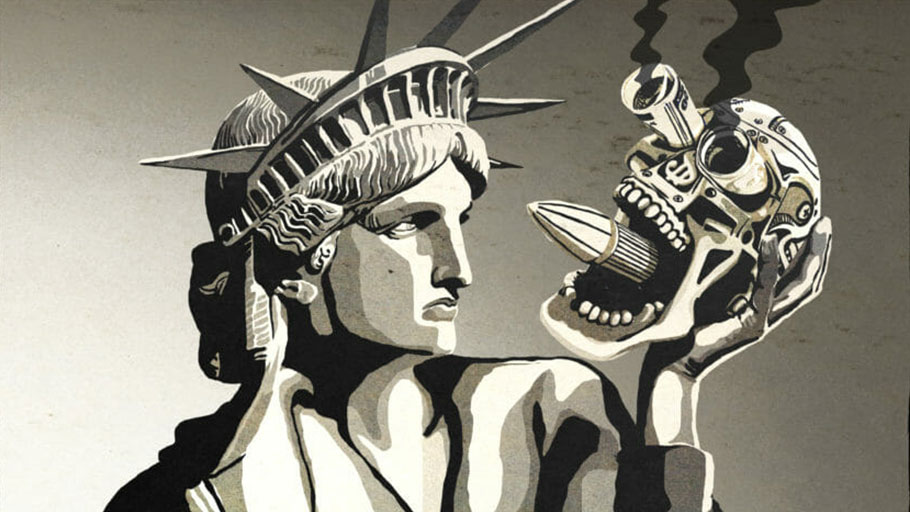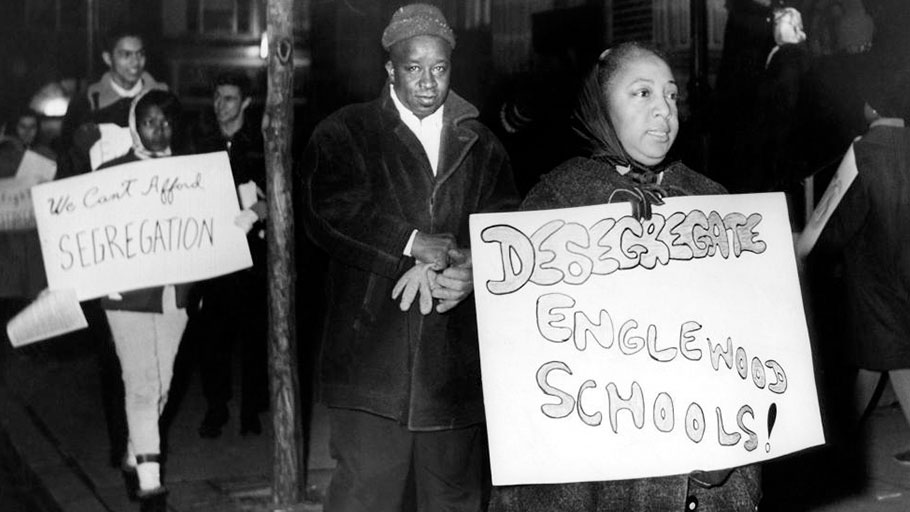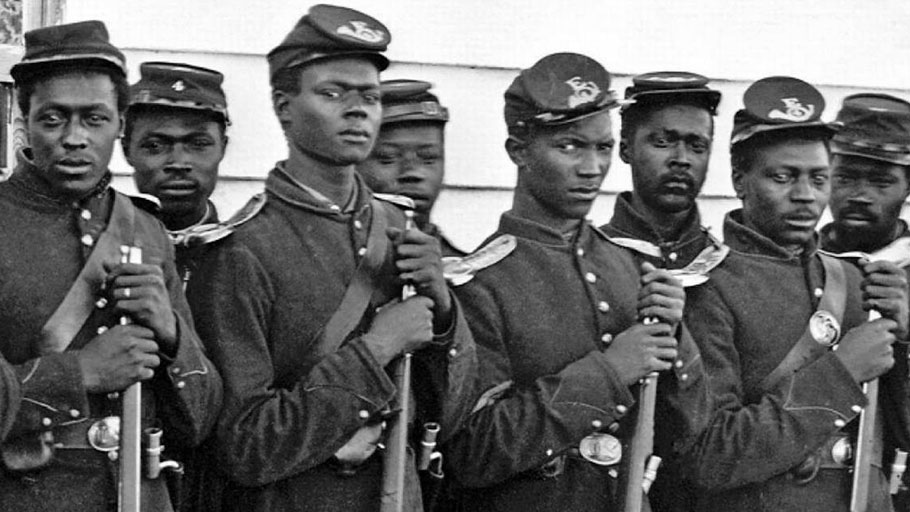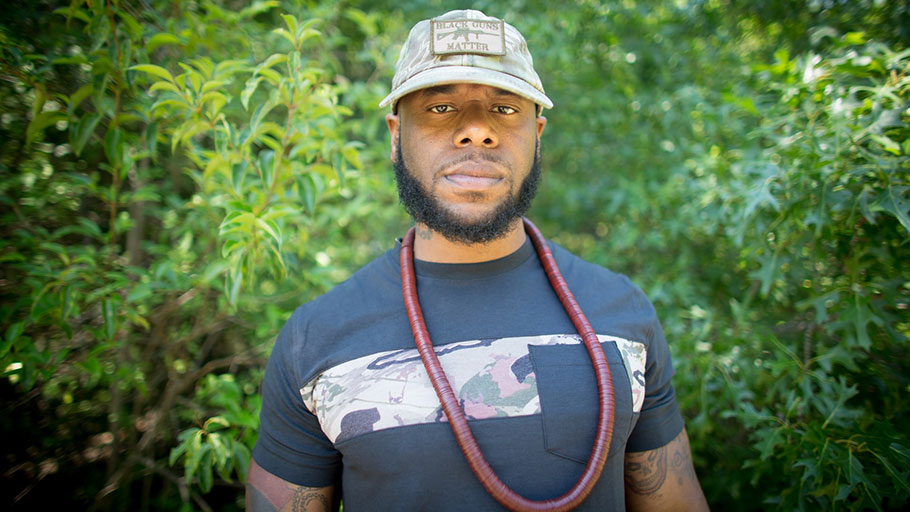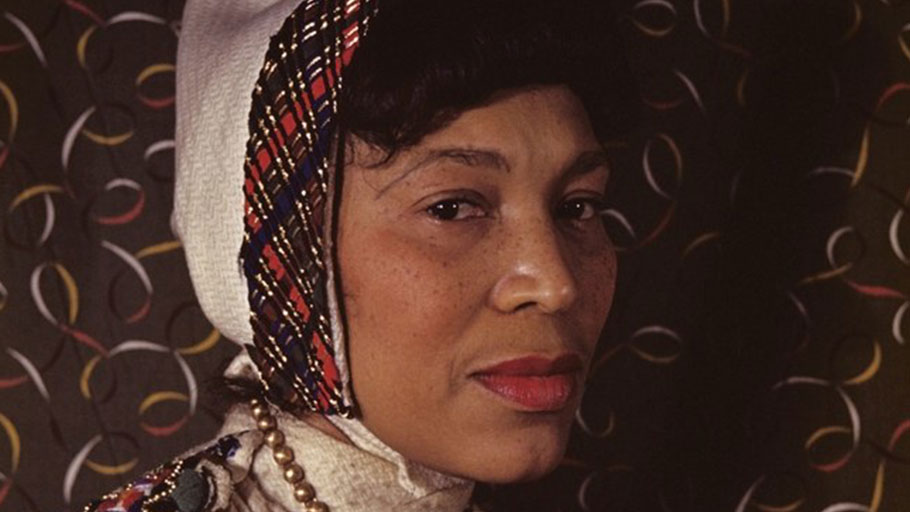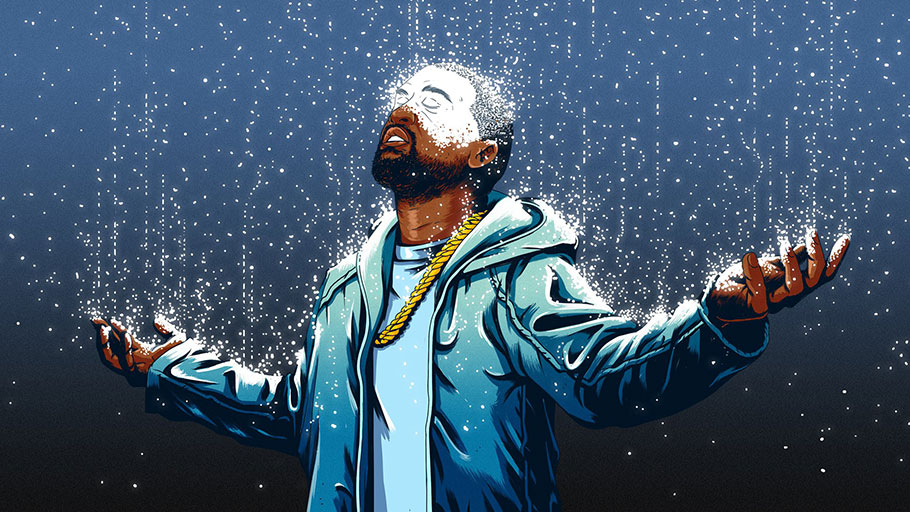
By Salih Booker and Ari Rickman, The Washington Post — Salih Booker is the executive director of the Center for International Policy. Ari Rickman is a research fellow at the Center. Beginning in 2035, the number of young people reaching working age in Africa will exceed that of the rest of the world combined, and will continue every year for the rest of the century. By 2050, one in every…

